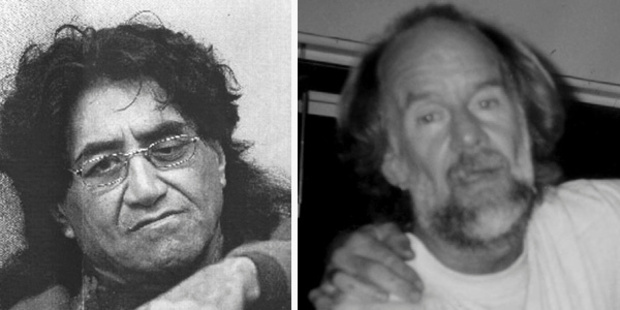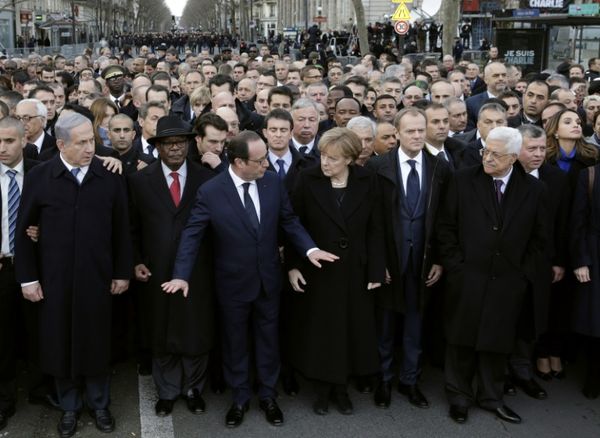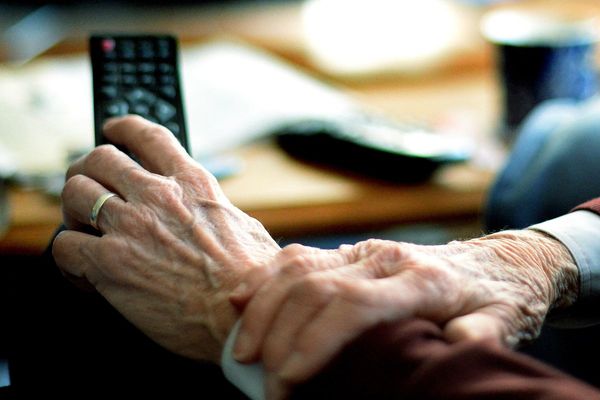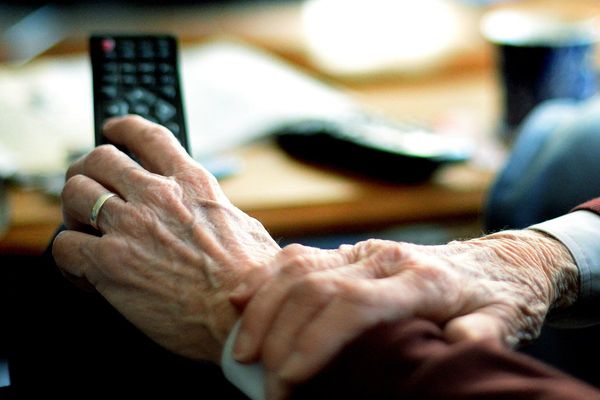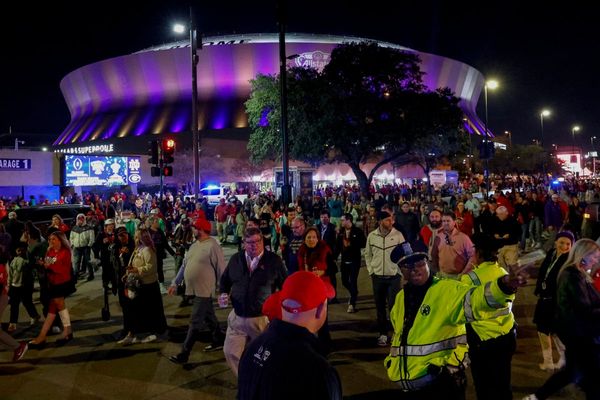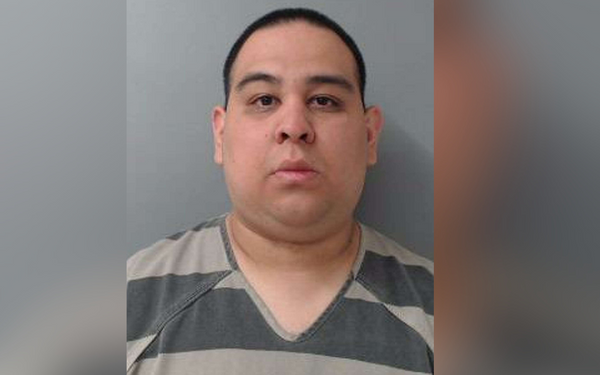The press release started like any other.
Armed police were hunting a man on charges of manufacturing methamphetamine who had skipped a court appearance.
Described as 175cm tall and of "thin build", the wanted man had gang connections and had been on the run since July 2014.
Anyone who saw him should call 111 immediately, the police warned.
But, oddly, this "highly dangerous" man was 70 years old. Old enough to be collecting the pension, not cooking P.
They were looking for Peter Francis Atkinson.
Not Peter Atkinson. Peter FRANCIS Atkinson.
And once a criminal is known by their middle name, they are at the serious end of the business.
'Pete the Terrorist'
His nickname is 'Pete the Terrorist' and his rap sheet reveals why he is revered - and feared - in New Zealand's underworld.
The career criminal first made headlines in 1981. Addicted to heroin, Atkinson was convicted for possession of the drug for supply when he received 130g smuggled into Tauranga on a ship.
Atkinson, who told police he would later deny saying anything, said he was asked to pick up the heroin for men in Auckland.
"You know what would happen," Atkinson said, if he revealed their names.
Jailed for six years, the crime is probably the tamest on his record.
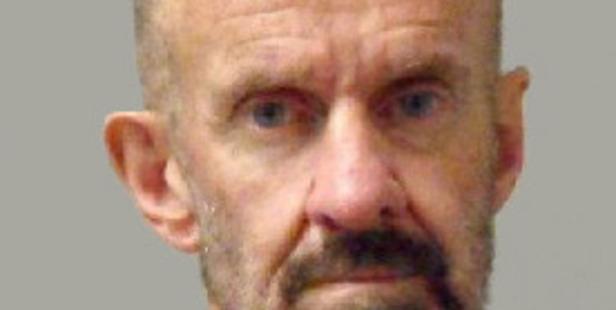
He graduated to armed robberies, like his close friend Leslie Maurice Green, brandishing a Magnum pistol and even fired warning shots at police officers who gave chase.
This put him in the frame for the infamous Red Fox Tavern murder of publican Chris Bush in 1987.
Atkinson was cleared of any involvement and the cold case remains unsolved.
But investigating officers discovered his role in a bungled drug smuggling operation set up by Auckland lawyer Ashok Patel.
All of those involved either wanted morphine to feed their drug addictions, or to clear debt owed to Patel for legal representation.
Atkinson's wife travelled with Patel to India to bring the drugs back - as she knew what morphine felt like - but the lawyer mistakenly purchased heroin with a street value of $2 million.
For his role, Atkinson was jailed for three and half years - although he was already serving time for the armed robberies, including one where he disguised himself with a Santa Claus mask.
It was around this time Atkinson earned his 'Pete the Terrorist' tag.
He blew up a Mercedes Benz belonging to leading Auckland lawyer Christopher Harder, by placing a stick of dynamite on the back wheel.
In a separate arson, Atkinson torched the Remuera home of Peter Williams QC - ringing the doorbell to alert anyone who might be home so they could escape.
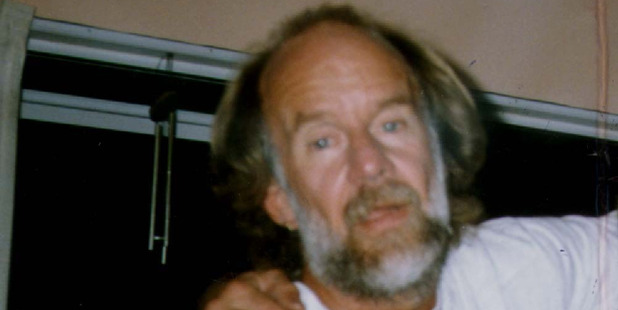
Then there was the strange death of his friend David Phillip Wilkins in 1987.
It was treated suspiciously but Atkinson was convicted only of offering an indignity to a body.
Wilkins had been staying at the Whitford home of Atkinson and his wife.
The couple returned home to find Wilkins dead, with a chloroform-soaked rag over his face.
He did not want to attract unwanted attention from the police, so hid the body under his house for three days before burying him at the local rubbish tip.
When spoken to by police, Atkinson told them everything and showed them where to find the body.
For the terror-style attacks, the buried body and numerous armed robberies, Atkinson was jailed for 13 years.
Prison was where Atkinson mixed and mingled with some of New Zealand's worst criminals.
And after his release in 1997, they went into business together.
There was a new drug on the scene - methamphetamine - and Atkinson quickly became one of the best P cooks in the country.
It was the beginning of the P epidemic in New Zealand and rival motorcycle gangs put aside rivalries to make money.
Atkinson teamed up with Kelly Raymond Robertson, a Highway 61 member, and James Henry Wilson, president of the Filthy Few, to run mobile meth laboratories.
Both gang leaders would go on to kill.
Robertson was jailed for the manslaughter of Kevin Weavers, a Highway 61 president, while "Little Willie" Wilson is still in prison for the execution-style murder of his girlfriend.
Their lucrative business unravelled because of covert police surveillance and the courage of a sex worker who testified against them. She was placed into the witness protection programme.
As the ringleader, Atkinson was convicted of manufacturing and jailed for 12 years in 1999.
Now 55, he was described as sitting in the top tier of New Zealand's criminal fraternity.
"Pete is one of the last old school villains," says one source. "He is the last of a dying breed ... and he doesn't know any other way."
'He is a hard, hard man'
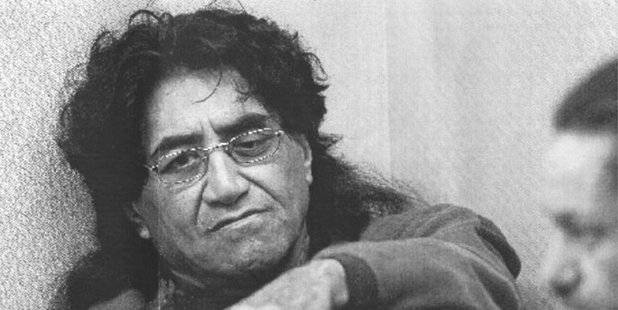
If Peter Francis Atkinson is known by his full name, then William Hines is known by just one.
Everyone in the underworld knows who "Bird" is.
He sits at the top table of the Head Hunters, the right-hand man of East chapter president Wayne Doyle, as a senior member of the motorcycle gang with a fearsome reputation.
Hines' home address is listed as the gang's headquarters in Marua Rd, Ellerslie.
A quote from The Godfather movie was once seen on the wall there: "Real power can't be given. It must be taken."
Violence runs in the Hines family.
His brother Dennis "Mossie" Hines founded the Nomads gang and was widely considered the toughest gangster in New Zealand before his death in 2009.
"Bird didn't have that same notoriety," says one source. "But there isn't a crook in the country who would mess with him, even now. He is a hard, hard man."
And like Atkinson, Hines has a long and colourful criminal history.
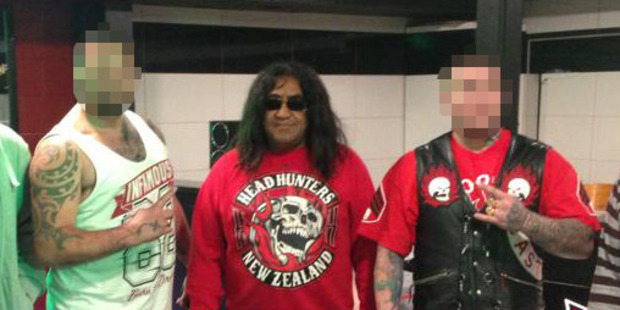
In 1989, Hines was caught with loaded pistol in the lounge bar of a hotel. Pistols are prized in the criminal underworld, a weapon of status.
It was a sign of things to come for the then 36-year-old.
He was one of four convicted of kidnapping a man at gunpoint, torturing him with pliers and an electric drill in a garage, because of a supposed debt.
The guilty verdict came despite the victim refusing to give evidence.
In sentencing Hines to four years in prison, Justice Robertson said no one was above the law.
"You just take the law into your own hands and use whatever is necessary to get what you perceive is your entitlement."
Five years later, Hines and two other Head Hunters confronted an undercover police officer and held him at knifepoint.
"If you do not prove you are not a cop, then you are not leaving here," was how Crown prosecutor Kieran Raftery recounted the conversation at the 1996 trial.
The undercover officer, whose cover story was running a scrap metal yard, feigned fury at the allegation but was taken upstairs to his living quarters where Hines and the others searched through his belongings for proof of his identity.
The officer managed to buy some time but was unable to entirely satisfy his captors. "They let him know that he was not off the hook," said Raftery.
Four days later, one of the men returned to threaten him again, but they seemed to accept his denials after that.
Again, Hines was convicted of kidnapping and jailed for 12 months.
But it was the lucrative profits of P which took Hines from menacing standover man to the big time.
He was one of the ringleaders of a network which dubbed themselves the "Methamphetamine Makers Co Ltd", alongside infamous bank robber Waha Safiti and Brett Allison.
The trio was planning to split a batch of methamphetamine to yield hundreds of thousands of dollars.
The business partners were busy falling out when police swooped in 2000.
Bugged conversations played to jury heard Saifiti and Hines started talking about "whacking" people.
"Rest assured, we will not be made to look like fools here,'' said Saifiti.
"We will just whack anybody who needs to be whacked ... Whack him straight on the spot.'"
After the Operation Flower raids across Auckland, police found the remnants of Allison's lab in Henderson.
The 2000 litres of chemicals involved made it one of the biggest - and most explosive - drug laboratories ever found. It took officials wearing breathing apparatus seven days to pull apart.
Its run-off waste alone contained 150 grams of methamphetamine claimed to be worth $150,000.
Hines was sentenced to seven years in prison for conspiracy to supply.
At the time, police said the Head Hunters network played a significant role in establishing the P trade in New Zealand - something which plagues the country to this day.
After serving their respective lags, the old timers managed to stay out of prison.
Until they started working together.
The beginning of the end
At the beginning of 2015, the police started a covert investigation targeting Hines and two patched Head Hunters underlings.
Hines was in charge of the methamphetamine ring, giving orders but leaving the others to do his "dirty work" in order to keep his hands clean.
Other Head Hunters and associates arranged the equipment and ingredients needed for the actual manufacture of the Class A drug.
And despite being well past retirement age, Atkinson was still considered one of the best P cooks in the country.
On just one 'cook', the group obtained 20 'sets' of pseudoephedrine - enough to produce more than 1kg of methamphetamine.
At one point during the covert surveillance, police raided a storage unit linked to the group.
They found a van, with an internal cage and heavy-duty locks.
Inside detectives found 9kg of iodine and 33L of hypophosphorous acid - used in the cooking process - as well as 150g of P separated into ounces.
These are commonly sold for $12,000 each.
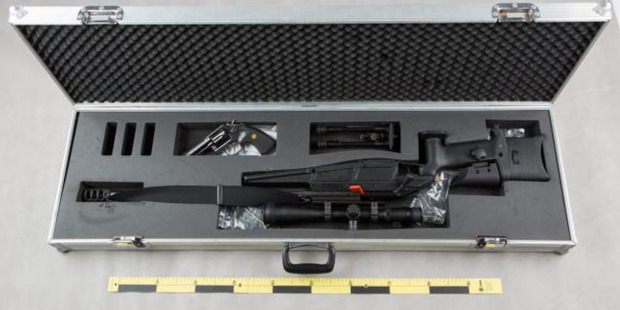
Alongside the drugs was a cache of high-powered military style rifles and a Smith & Wesson revolver.
The discovery at the storage unit led to a flurry of phone calls between the Head Hunters. Hines told everyone to calm down and "wait and see what happens".
Three months later, police pushed the button on Operation Sylvester.
Armed officers stormed the Head Hunters' pad in Ellerslie, locking up Hines and the others.
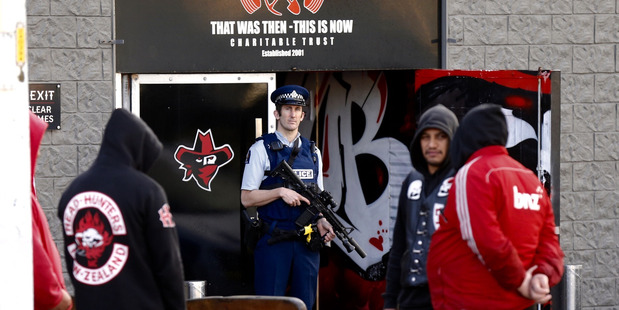
They also seized his prize collection of classic American cars and other property paid for with ill-gotten gains.
Last month, Hines and Atkinson were convicted of making more than 1kg of methamphetamine together.
With their track records, that charge alone is likely to attract a prison term in excess of 10 years.
The pair will stand together in the dock at the High Court of Auckland to be sentenced in April.
Now aged 72, Atkinson is likely to be an octogenarian before he could be released on parole.
Hines will turn 65 this year and suffers from ill health; the trial was interrupted every second day for his dialysis treatment.
The grandfathers of crime may finally be running out of time.
